I have described 30 extinct animals in USA.
Let’s get started!
Table of Contents
1. Woolly Mammoth
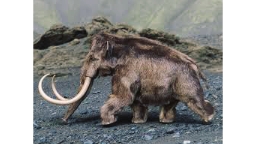
The woolly mammoth, an enormous species that roamed the Earth during the Pleistocene era, went extinct in the early Holocene epoch. It belonged to a line of colossal creatures, beginning with Mammuthus subplanifrons in the early Pliocene.
2. Carolina Parakeet

The Carolina parakeet, or Carolina conure, was a small, vibrant parrot with a bright yellow head, a red-orange face, and a light beak. It was native to the eastern, midwestern, and plains states of the USA, and it was the only parrot species within its range and one of only two parrots native to America.
3. Passenger Pigeon
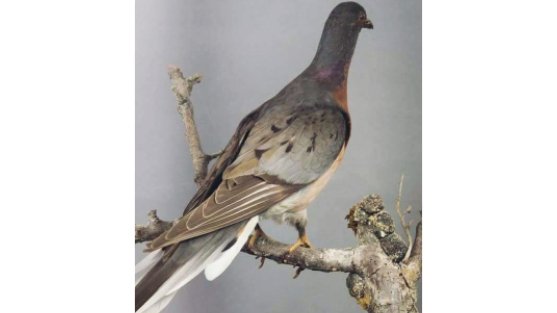
The passenger pigeon, also known as the crazy pigeon, was a remarkable bird species that once thrived in North America. Its name originated from the French word “passager,” meaning “passing by,” reflecting its migratory nature and constant movement.
4. Blackfin Cisco
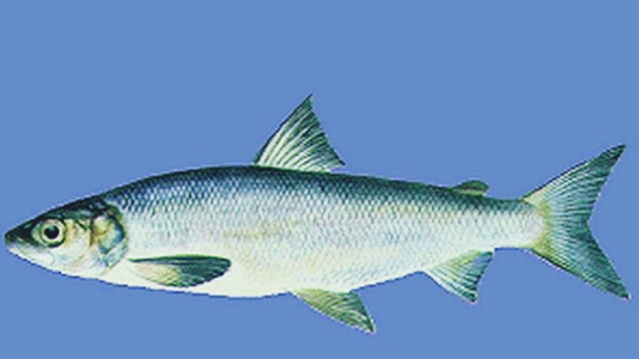
The blackfin cisco was a large salmonid fish found in North America’s freshwater whitefish sub-family Coregoninae. This fish had a silvery, deep body, distinctive black fins, big eyes, a blunt snout, and a terminal mouth, making it one of the largest types of ciscoes.
5. Steller’s Sea Cow
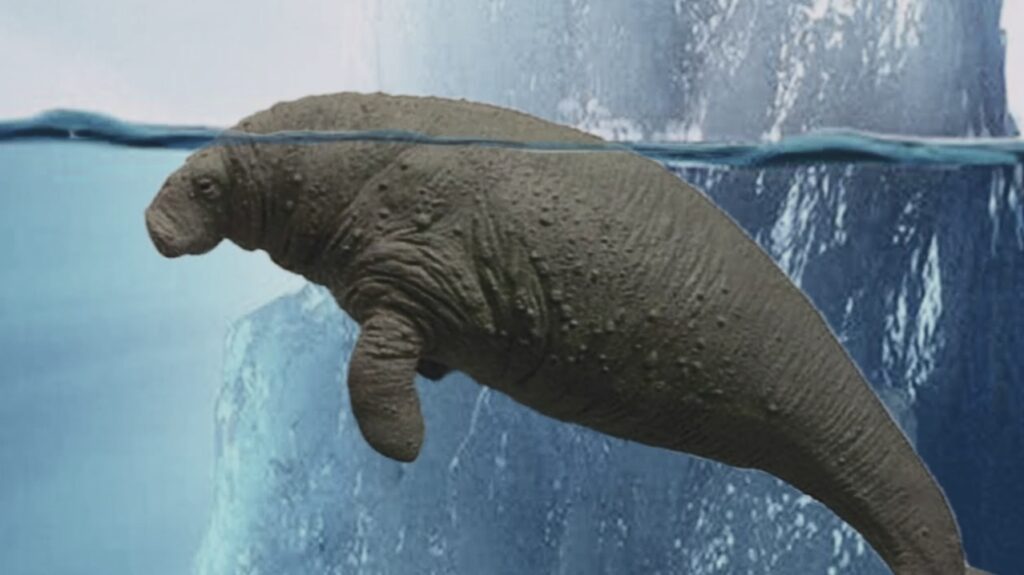
Steller’s sea cow was a fascinating sirenian species discovered by Europeans in 1741. It inhabited the waters around the Commander Islands in the Bering Sea, between Alaska and Russia. During the Pleistocene epoch, its range was much more extensive, possibly spanning even farther than what explorers observed.
6. Eskimo Curlew
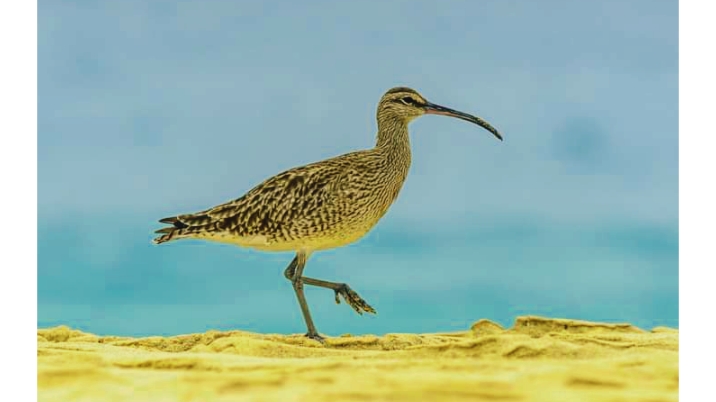
The Eskimo curlew, also known as the northern curlew, was one of eight species of curlew and was found in the genus Numenius. It was once one of the most abundant shorebirds in the tundra regions of western Arctic Canada and Alaska, with approximately 2 million birds being killed annually in the late 1800s.
7. Shortnose Cisco

The shortnose cisco was a member of the wider Coregonus artedi species complex of ciscoes. It was native to the Great Lakes of Canada and the USA.
8. Caribbean Monk Seal
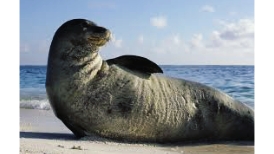
The Caribbean monk seal, also known as the sea wolf (scientific name: Neomonachus tropical), was a seal species endemic to the Caribbean region. Sadly, this species is now considered extinct. The Caribbean monk seals faced threats from sharks as their primary predators, while humans posed the greatest threat to their survival.
9. San Marcos Gambusia
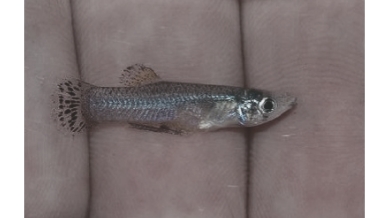
The San Marcos Gambusia was an extinct species of Gambusia that was exclusively found in the San Marcos Springs of Central Texas. Unfortunately, this fish has not been sighted since 1983.
10. Deepwater Cisco
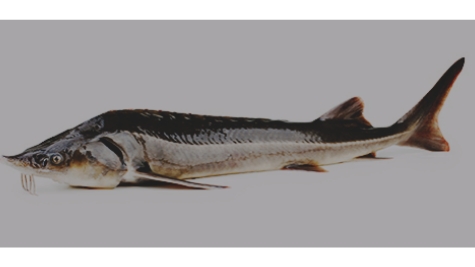
The deepwater cisco was one of the largest ciscoes in the Great Lakes. It typically measured 30 cm in length and weighed approximately 1.0 kilogram.
11. Great Auk
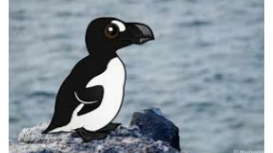
The great auk was a species of flightless alcid that became extinct in the mid-19th century. It was the only modern species in the genus Pinguinus. Interestingly, it was not closely related to the birds we now call penguins, which were discovered and named by sailors later due to their physical resemblance to the great auk.
12. Harelip Sucker
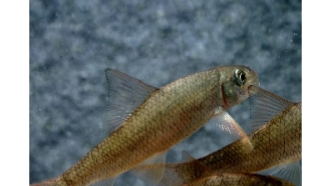
The harelip sucker was a ray-finned fish species in the Catostomidae family. It was exclusively found in the United States and has not been sighted alive since 1893. Regrettably, the harelip sucker is now extinct.
13. Phantom Shiner
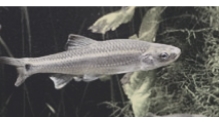
The phantom shiner was once found in the warm water reaches of the Rio Grande. However, no specimens have been collected since 1949, and it is believed to be extinct.
14. Puerto Rican Nesophontes
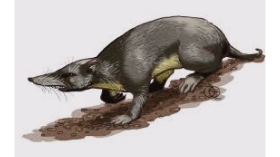
The Puerto Rican Nesophontes is believed to have never been observed by Europeans. Fossil evidence, along with artifacts from indigenous people and introduced rat fossils, suggests that this creature may have survived until the Victorian era, possibly even as late as the 16th century.
15. Sea Mink
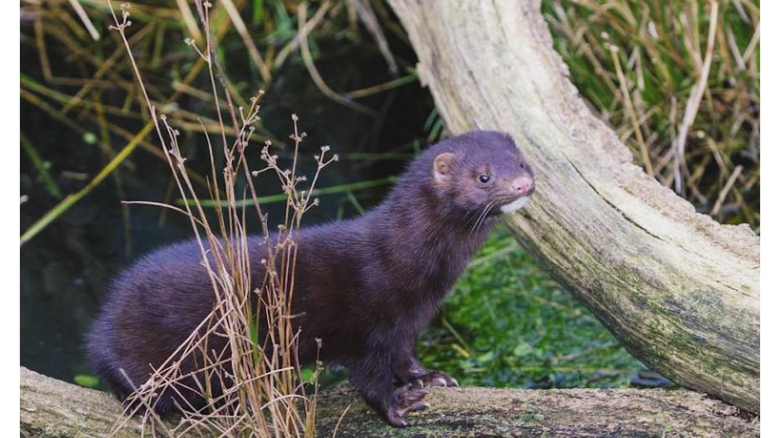
The sea mink was a recently extinct species of mink that inhabited the eastern coast of North America. It belonged to the family Mustelidae, the largest family in the order Carnivora.
16. Angled Riffleshell
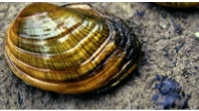
The angled riffleshell was an endemic species that inhabited the Cumberland River and Tennessee River drainages in the United States. Sadly, this species is now extinct.
17. Bison Antiquus

Bison antiquus, also known as the ancient or classic bison, was the most prominent large herbivore on the North American continent for over 10,000 years. It is a direct ancestor of the living American bison.
18. Puerto Rican Hutia

The Puerto Rican hutia played a vital role as a food resource for the Amerindians for many centuries.
19. Bachman’s Warbler
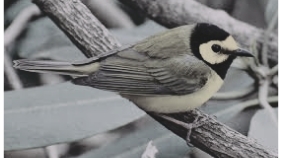
Bachman’s warbler was a small migratory bird that is likely extinct. It bred in blackberry and cane thickets in the southeastern United States and migrated to Cuba for the winter.
20. Amistad Gambusia
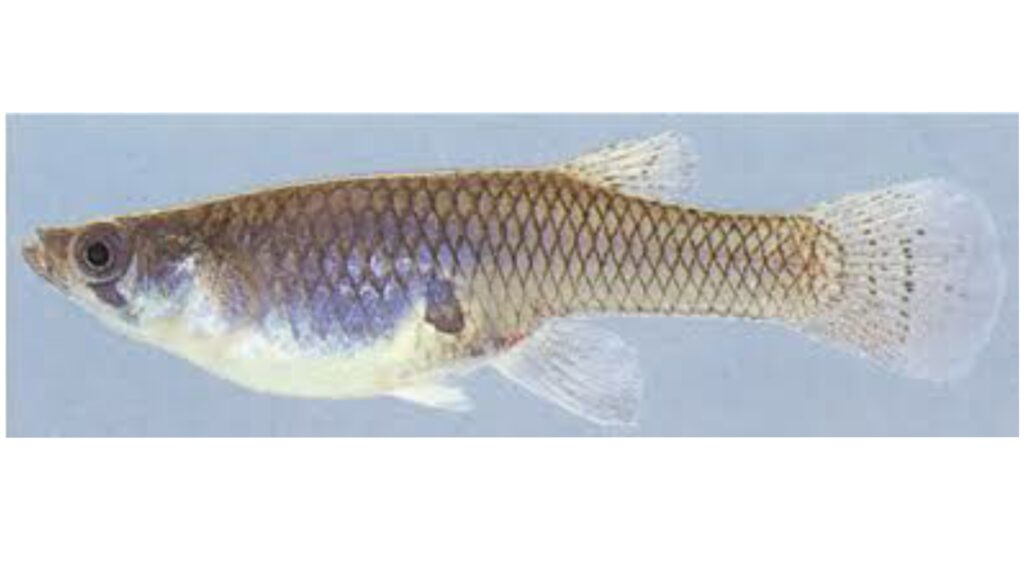
The Amistad gambusia was a small fish known only from one location, the vegetated Goodenough Spring in Val Verde County, Texas. Unfortunately, it is believed to have become extinct in the wild when its habitat was submerged during the construction of the Amistad Reservoir in 1968.
21. Columbian Mammoth
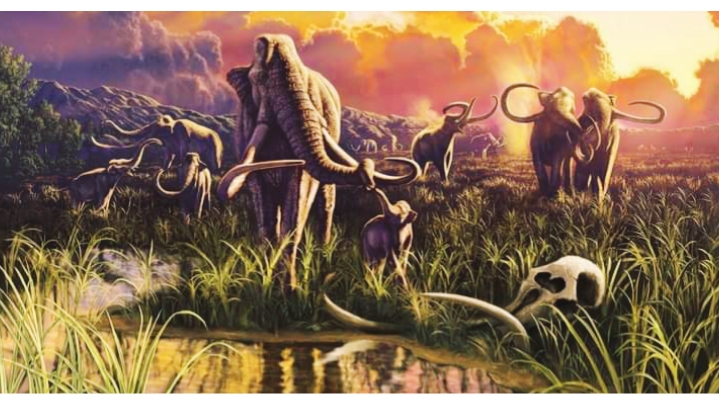
The Columbian mammoth was an extinct species of colossal mammal that inhabited North America. Its range extended as far north as the northern United States and as far south as Costa Rica during the Pleistocene epoch. It was part of a lineage of colossal species, with Mammuthus subplanifrons in the early Pliocene being its earliest ancestor.
22. Pygmy Mammoth
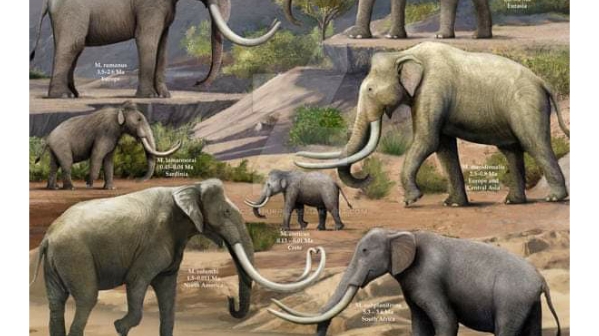
The pygmy mammoth was a dwarf elephant species that evolved from the Columbian mammoth of southern North America. This smaller-sized mammoth adapted to its environment over time, resulting in a distinct species.
23. Maryland Darter
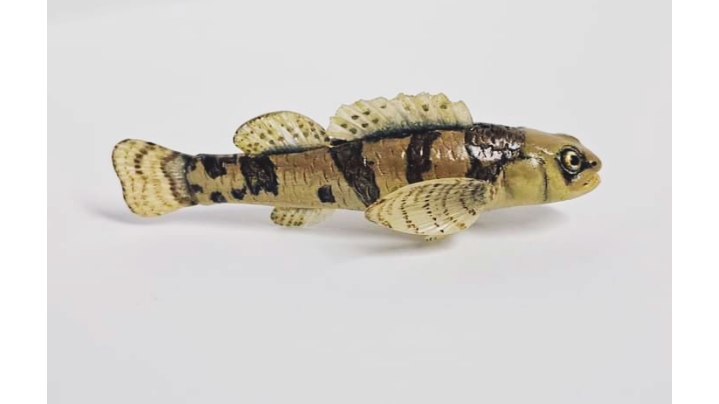
The Maryland darter is believed to be one of the rarest freshwater fish species on the planet due to its extremely limited geographic range and difficulty in discovery. The last known sighting of this species occurred in 1988. It is named after the only state where it is known to occur.
24. Labrador Duck
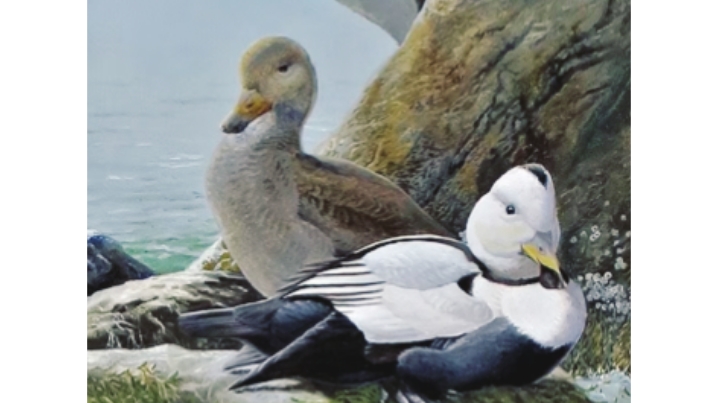
The Labrador duck was a North American bird and holds the unfortunate distinction of being the first endemic North American bird species to become extinct after the Columbian Exchange. The last confirmed sighting of this duck occurred in 1878 in Elmira, New York.
25. Silver Trout
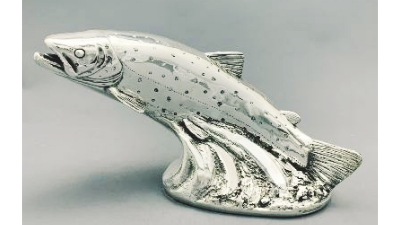
The silver trout was an extinct species of char that inhabited a few water bodies in New Hampshire. After 1939, no biological surveys conducted by the New Hampshire Fish and Game Department found any individuals of this species.
26. Hagerman Horse
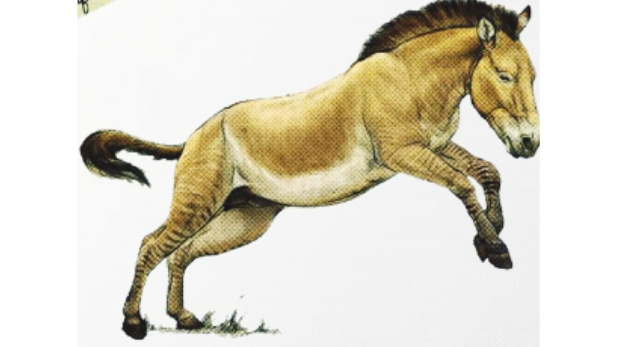
The Hagerman horse, also known as the Hagerman zebra or American zebra, was an equid species that lived during the Pliocene and Pleistocene epochs. It was one of the earliest horses in the genus Equus and was discovered in 1928 in Hagerman, Idaho.
27. Thicktail Chub
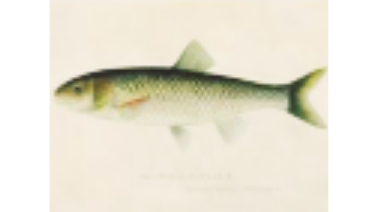
The thicktail chub was a species of minnow that inhabited the lowlands and weedy backwaters of the Sacramento and San Joaquin Rivers in the Central Valley of California.
28. Xerces Blue

The Xerces blue was a species of butterfly belonging to the gossamer-winged butterfly family, Lycaenidae. It lived in the coastal sand dunes of the Sunset District of the San Francisco peninsula.
29. Scioto Madtom
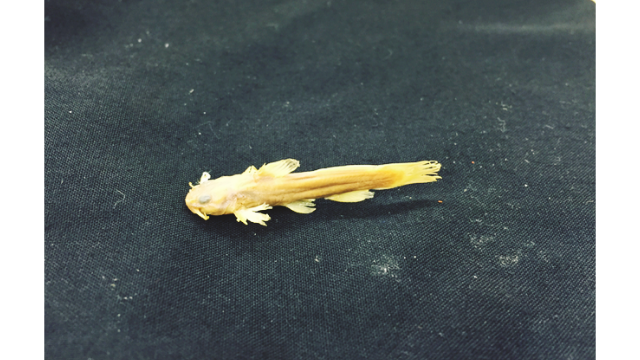
The Scioto madtom was a species of fish in the Ictaluridae family. It is listed as extinct by the International Union for Conservation of Nature (IUCN), given the absence of records since 1957.
30. Chendytes
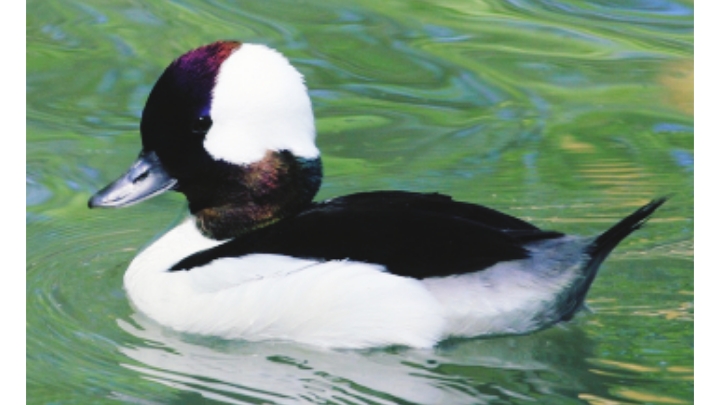
Chendytes Lawi, commonly known as Law’s diving-goose, was a goose-sized flightless seabird that once inhabited the California coast, California Channel Islands, and southern Oregon. It lived during the Pleistocene and survived into the Holocene.
Read Also: Weird Festivals In The US
Conclusion
These extinct animals in USA are a reminder of the importance of preserving and protecting the biodiversity of our planet. It is essential that we learn from their extinction and work to protect the species that still inhabit our world. By understanding the reasons for their extinction, we can try to prevent further losses and ensure a sustainable future for all living beings.